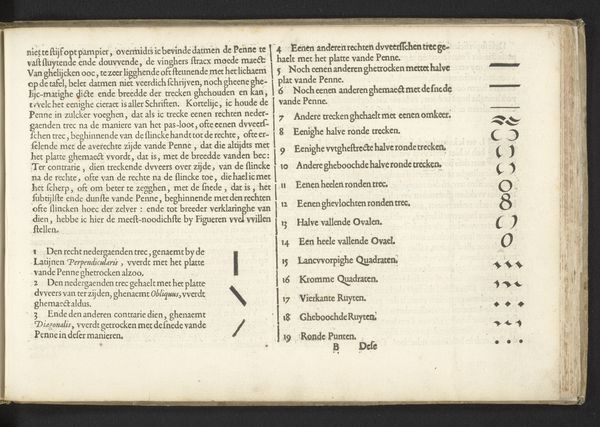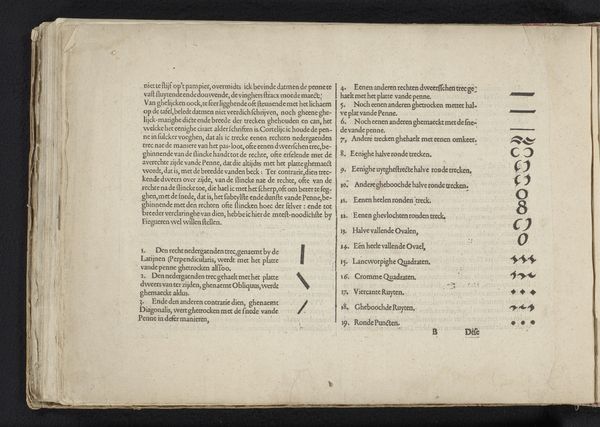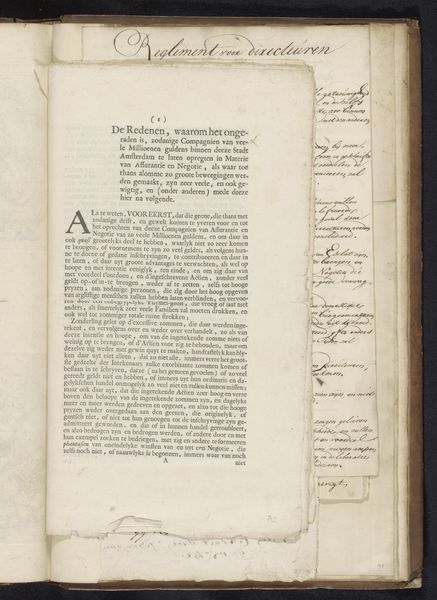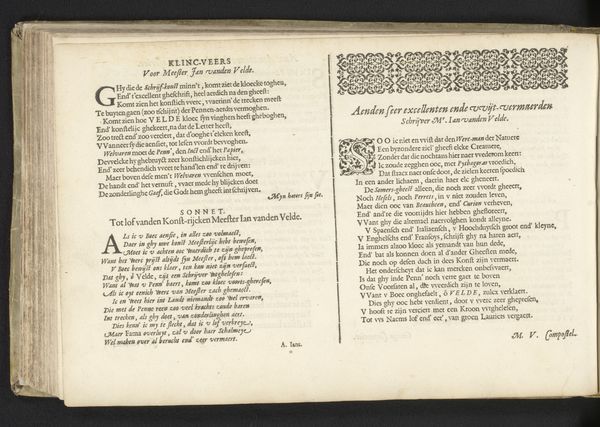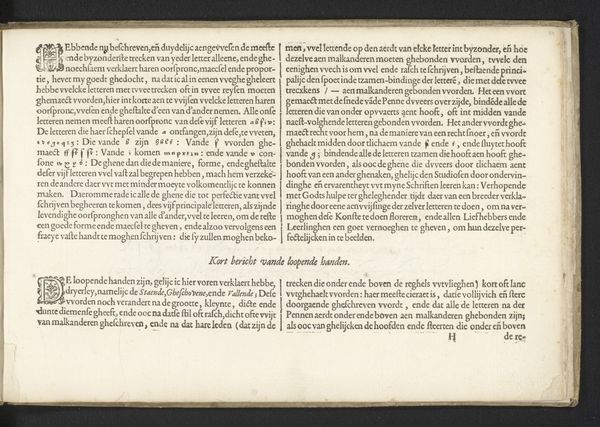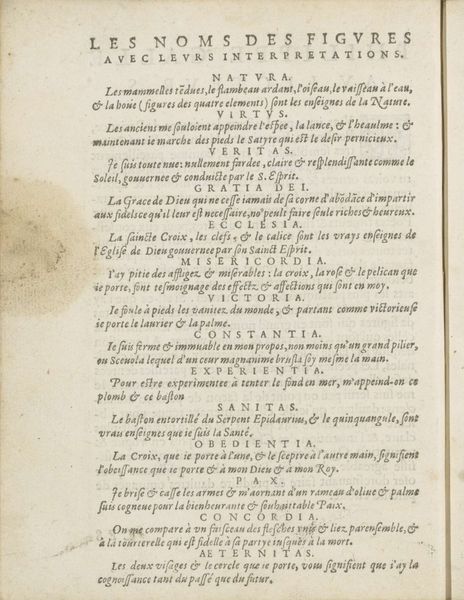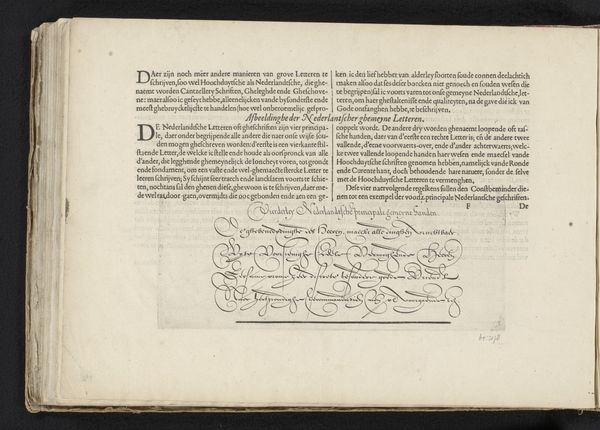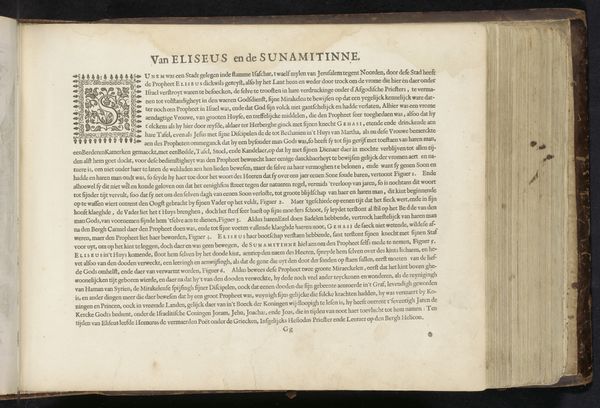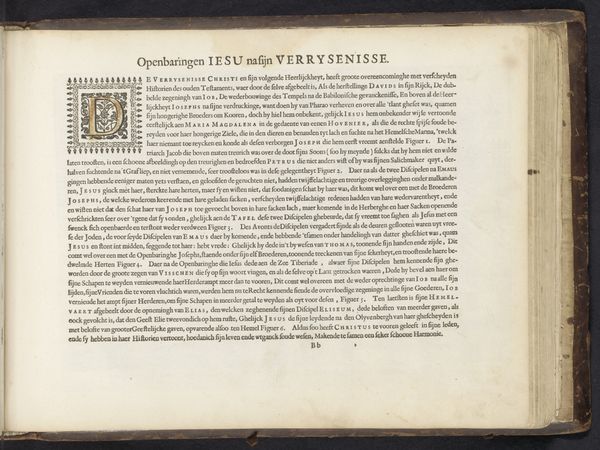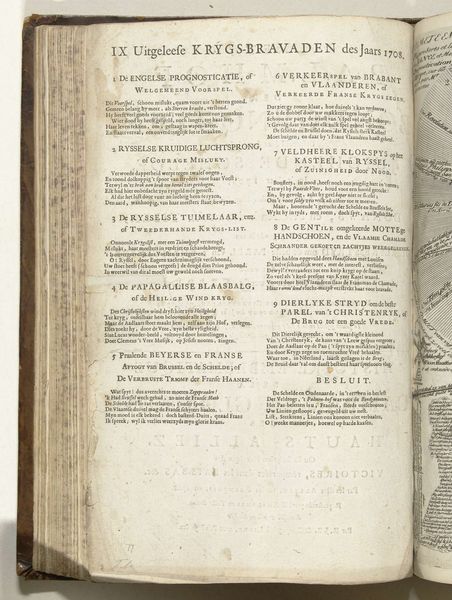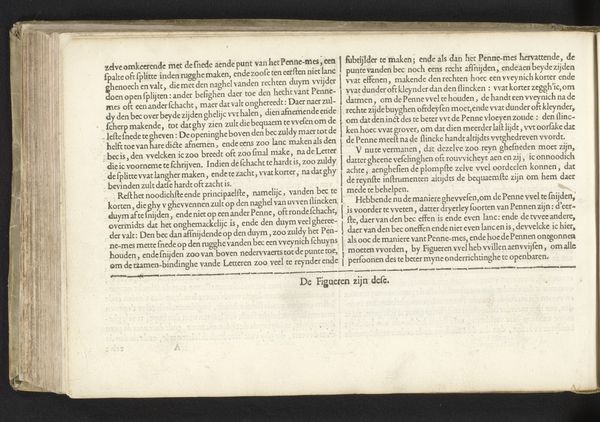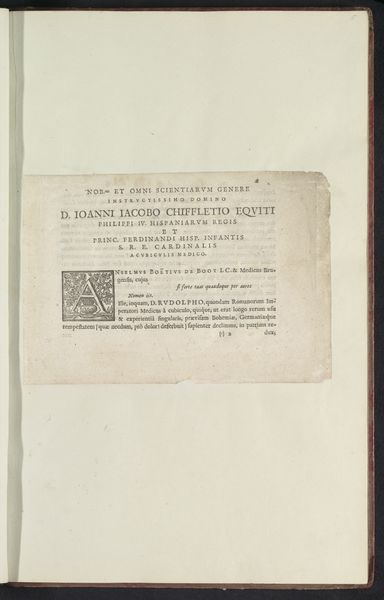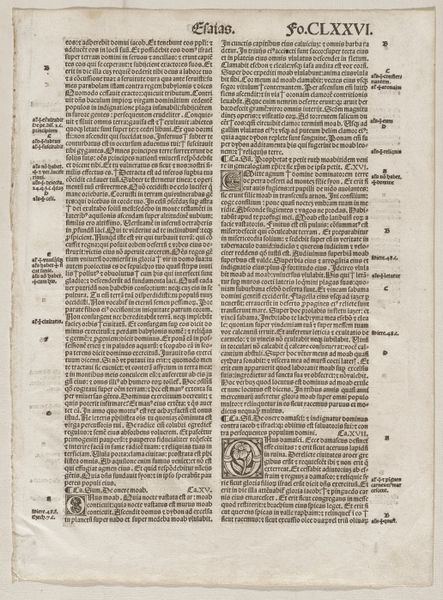
Il primo libro d'architettura di Sebastiano Serlio Bolognese. Il secondo libro di perspecttia di Sebastiano Serlio, Bolognese. 1545
0:00
0:00
drawing, print, paper, engraving
#
drawing
# print
#
paper
#
11_renaissance
#
geometric
#
italian-renaissance
#
engraving
Copyright: Public Domain
Curator: This image comes from Sebastiano Serlio’s architectural treatise, specifically from "Il primo libro d'architettura di Sebastiano Serlio Bolognese. Il secondo libro di perspecttia di Sebastiano Serlio, Bolognese," dating back to 1545. We are looking at a print on paper showcasing geometric principles, currently held at the Metropolitan Museum of Art. Editor: It's striking how stark and precise these diagrams are. The crisp lines and sharp angles, almost aggressive, yet foundational in their simplicity. There's an undeniable austerity about the whole layout. Curator: Indeed, it reflects a return to classical principles during the Renaissance. Serlio aimed to codify architectural knowledge. Notice how each geometric figure is paired with both Italian and French descriptions. Editor: The repetition is very insistent. It gives the sense that knowledge is attained via precise communication. Beyond basic geometry, does the symbolic choice of these particular forms hint at any inherent cultural narrative of that era? Curator: Absolutely. The perfect lines and shapes signify order and rationality—core values of Renaissance humanism. They also link back to classical architecture. The circle, square, and triangle were seen as divinely inspired forms underlying all creation. Editor: The angles in particular interest me. One might associate acute angles with innovation, and obtuse angles with…well, dullness. What can you say about the symbolic choice and use of these forms at this cultural moment? Curator: You’re prompting me to make assertions about symbolism—something quite natural to do, particularly with art from this era. Each is important for laying foundations: The right angle becomes an emblem of moral uprightness and rational thinking. The acuteness indicates dynamic possibilities. Obtuse angles are important because if you remove a little slice of an obtuse angle you end up with the right angle that epitomizes "correctness." Together, all are emblematic of new construction, a future created from diverse components. Editor: Interesting! All those little, individual angles coming together to make something entirely new... It’s curious how what appears at first so rigid, could contain a hidden narrative. It is very cool. Curator: Agreed. Through this page, we witness the Renaissance seeking to rebuild the world—and their knowledge of it—upon classical foundations, visualized through these seemingly simple, yet incredibly powerful forms.
Comments
No comments
Be the first to comment and join the conversation on the ultimate creative platform.
